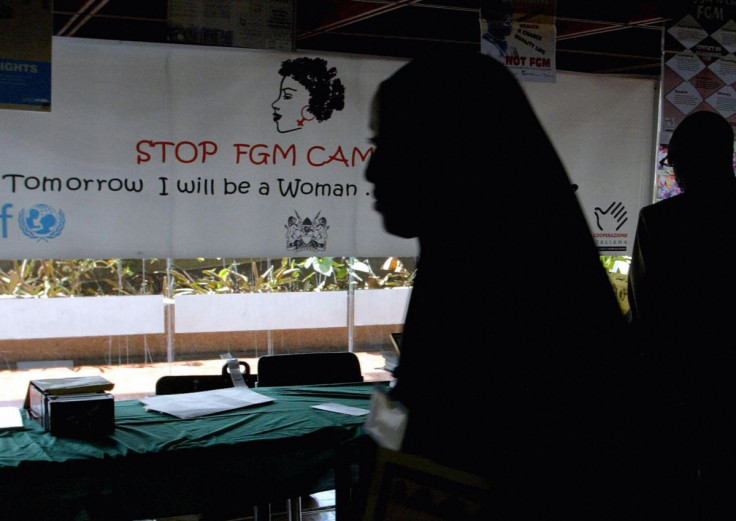How science explains the evolutionary puzzle of female genital cutting
The persistence of genital cutting in some countries of Africa may be driven by evolutionary forces.
The persistence of female genital cutting in some countries of West Africa may be driven by evolutionary forces, scientists have argued. They show that in communities with high frequency of female genital cutting, women have more surviving children than their uncut peers.
Although estimates are not easy to come by, the World Health Organisation says that 200 million women alive today have undergone FGC around the world.
The fact that the practice has remained persistent, despite efforts to eradicate it has puzzled both policy-makers and scientists. Even in countries where it has been made illegal, FGC persists, often as a rite of passage from girlhood to adulthood.
Researchers studying FGC from an evolutionary perspective have struggled to understand why the practice remains in many communities, despite its potentially detrimental impact on survival and reproductive fitness.
In a research now published in the journal Nature Ecology and Evolution, scientists have shown that FGC is frequency-dependant – in other words that women are more likely to be cut if a high number of women in their community are also cut. They also find that FGC may give a reproductive advantage to women, in some communities.
The story behind the data
The scientists selected five Demographic and Health Surveys Program datasets from West African countries. They looked at the health and demographic data from over 61,000 women from 47 ethnic groups in Nigeria, Senegal, Mali, Burkina Faso and Ivory Coast.
They found out that an overall high prevalence of FGC within an ethnic group made it more likely for an individual girl to be cut, whether her own mother had been cut or not. This is consistent with what experts usually see on the ground.
But there are concerns regarding the robustness of the data used in this study. "FGC occurs in communities that are mostly rural, and not easily documented, so the data used here may not be entirely representative. It is possible that many women who have been cut have not made it into these datasets", Arthur Hibble, Senior Member at Hughes Hall, Cambridge University, told IBTimes UK.
Despite these limitations, the study emphasises an important point - talking to the people involved and thinking about FGC in evolutionary terms, rather than simply making it illegal, is likely to be more effective in ending the practice.

Dr Gladys Obuzor, who worked in a rural Maasai community in Kenya where FGM is widely practised, added: "This was an observational study based on data collected not just for this research but for a range of purposes, so all interpretations are necessarily going to be limited. That being said, it is important to point out that FGC persists despite efforts to eradicate it, and we need to come up with new, different approaches. Looking at it from a cultural and evolutionary point of view may help us understand why the practice continues".
Reproductive advantage
The study also showed that in communities where the frequency of FGC was high, women who had been cut had more surviving offspring at the age of 40 than uncut women. In contrast, in communities with low FGC frequency, uncut women had more surviving children.
The authors explain these results by suggesting that in communities where FGC is widespread, being cut may confer higher marriage prospects and membership of social networks — with access to resources and support for the women.

"From a medical perspective it is always fascinating to see something increase the likelihood of children surviving. But I would have liked to see the study explore the medical consequences of FGC for the mothers. Even if their offspring survive, many of them live with chronic pain and recurrent infections because of FGC, which is setting aside the human right of health for these girls and women, and this is something that is not addressed here", Charlotte Tulinius, associate professor of postgraduate education, the Department of Public Health at the University of Copenhagen commented.
More research will now have to be done on the subject, putting the women involved at the centre of the discussion and targeting individuals to change practices. "From our experience, working with influential stakeholders within each community would probably be the most efficient approach", Obuzor concluded.
© Copyright IBTimes 2025. All rights reserved.






















